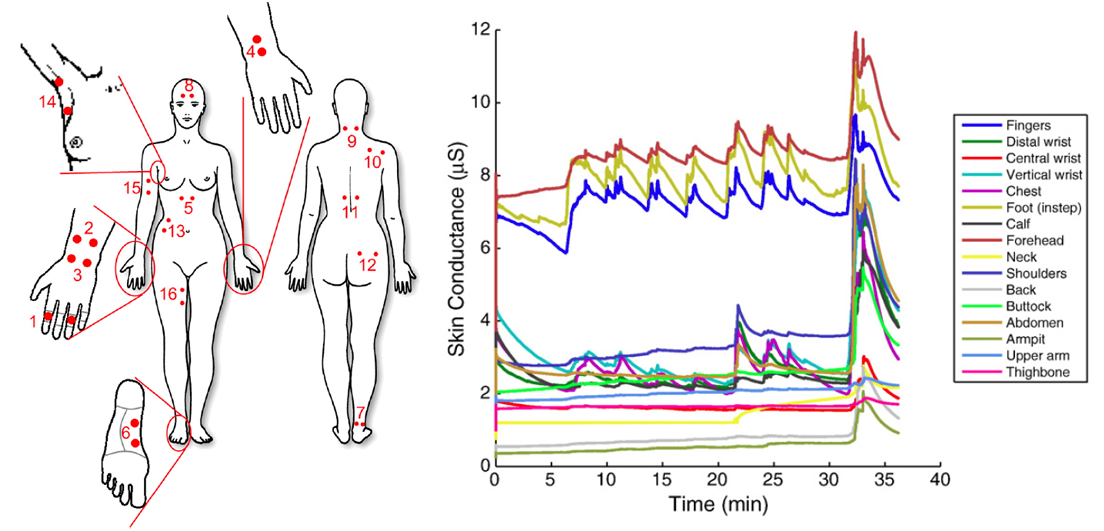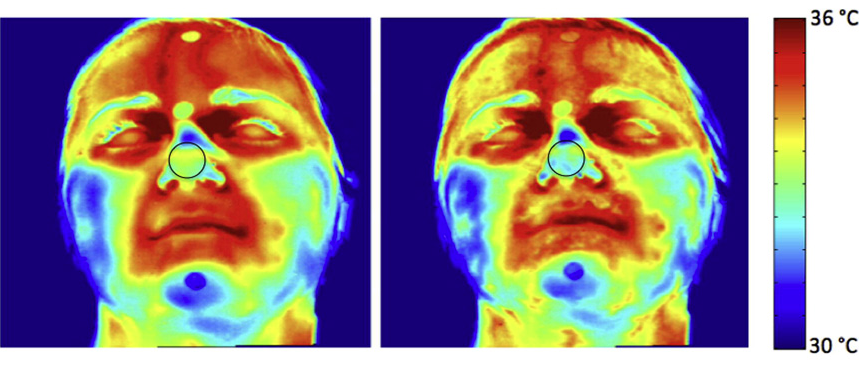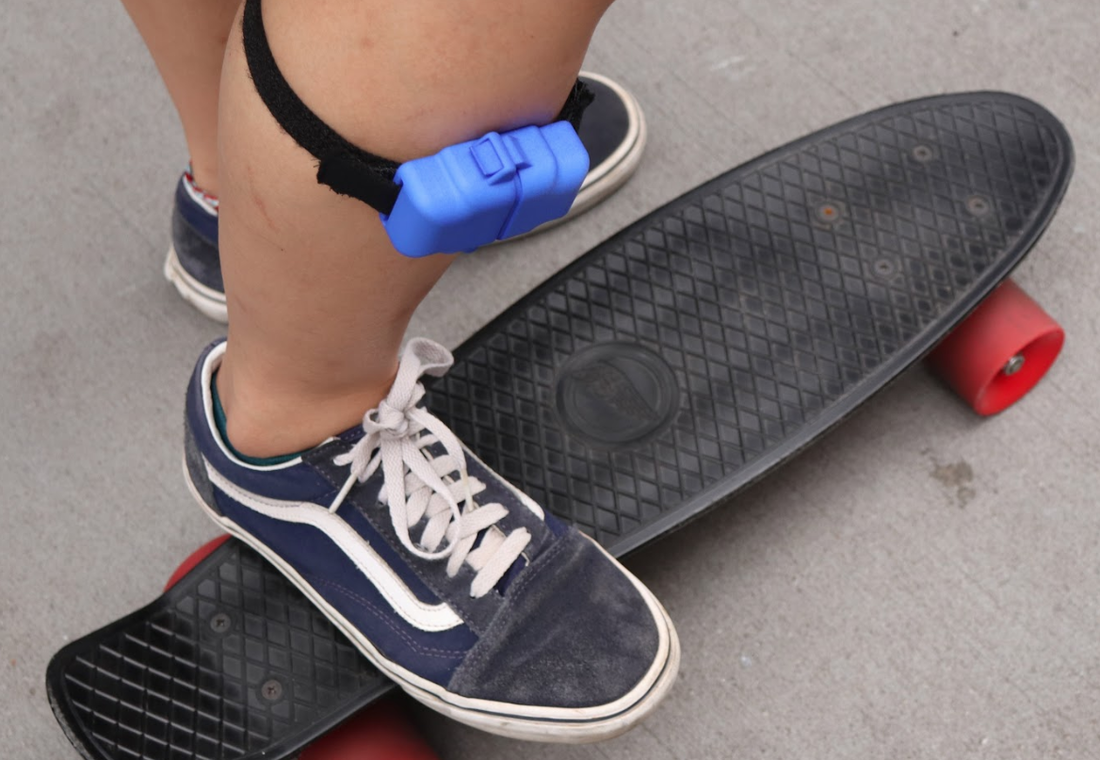|
Sean Wear? Where? I spent some time this week reading articles and thinking about different body locations and how signals from the body may change depending on where you measure them. We specifically designed EmotiBit so that it could be worn just about anywhere on the body and folks could choose the location that works best for them. The palms of the hands are a great place to measure a number of different signals. Eccrine sweat glands have high density on the hands, leading to skin conductance changes (EDA) that’s very responsive to the sympathetic nervous system. There’s also dense vascularization of the hands, so PPG can readily measure your pulse, respiration, and other biometrics (the finger clip you get at the hospital measures PPG). Local body temperature likely fluctuates a fair amount depending on activity and changes in the environmental temperature and movements can capture an interesting array of activity and gestures. The only problem is that people often like to do things with their hands, like pick things up or type on a keyboard like I am now. Most consumer activity trackers are worn on the wrist, but that probably has more to do with where people are comfortable wearing devices than it has to do with getting good biometric data. EDA can pick up emotional reactions on the wrist, but as can be seen in the van Dooren figure, the responsiveness can vary a lot depending on the exact location and orientation of the sensors. The wrist isn’t a great place to measure heart rate because the wrist is mostly connective tissue and bones, whereas PPG is best measured from highly vascularized “meaty” parts of the body. To get good PPG readings from the wrist it’s important to crank down the tightness of the band to minimize movement artifacts. Once you do that, movement fluctuations on the wrist can be an interesting reflection of motions ranging from walking and running to gestures. As you move up the arm the nature of the data changes somewhat, with EDA becoming less responsive (although notably with EmotiBit it’s possible to run wired finger clips up to the device) but PPG becoming generally a little better than the wrist as you land on highly vascularized musculature. Having a super consistent PPG signal is suuper important to calculate heart rate variability (HRV, a measure of sympathetic/parasympathetic activation) because it takes about 5-10 minutes of reliable heart rate data to calculate a single data point for HRV. The forehead can be an interesting location for EmotiBit to measure biometrics, with strong EDA and PPG signals. Temperature data on the forehead is also interesting since it’s reflective of core temperature (that’s where your school nurse will likely take your temperature these days) and shows fluctuations with emotional changes. Head movements can reflect both changes in gaze as well as nods and other social interactions. Moving to the neck or trunk can be a little tricky to get good signal, but with enough fine tuning it may be possible. The shoulders, for example have almost twice the EDA responses than do signals from the back, neck or abdomen according van Dooren et al. At the end of the day, where you want to measure physiological signals can depend on a host of factors including where you can get good signal, but also what’s going to keep the sensor out of the way and let you do your thing. Our EmotiBit Alpha partners at UQAQ, for example, are studying risk taking behavior in snowboarders on a half pipe. After considering a number of locations and collecting pilot data they decided that strapping the sensor to the calf would be the safest option that still picked up a dynamic range of signals. Together with Nicoletta, we’ve been identifying body locations that will capture the most meaningful constellation of data that also allows her a full range of motion and lets her fully connect with her audience.
0 Comments
Leave a Reply. |






